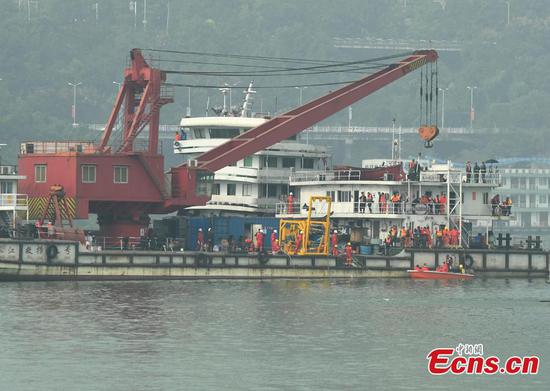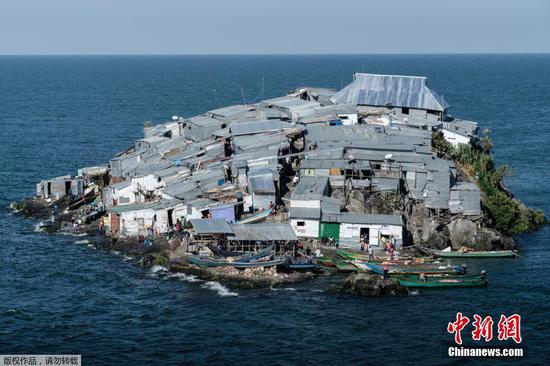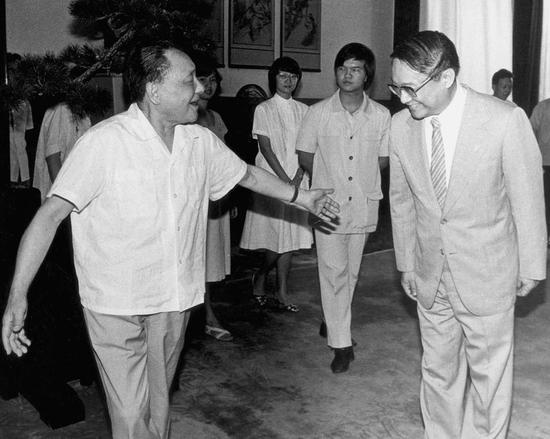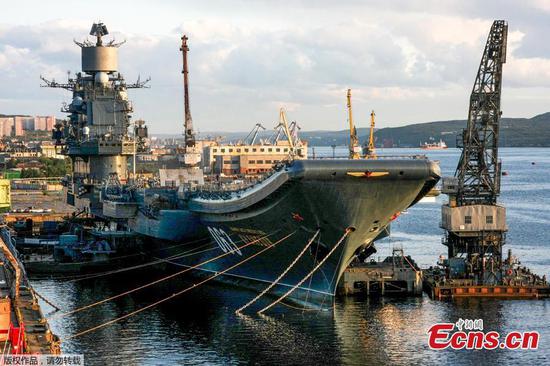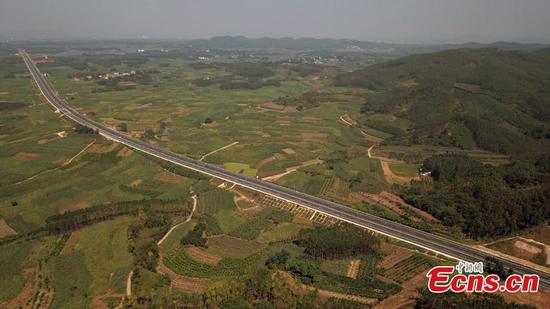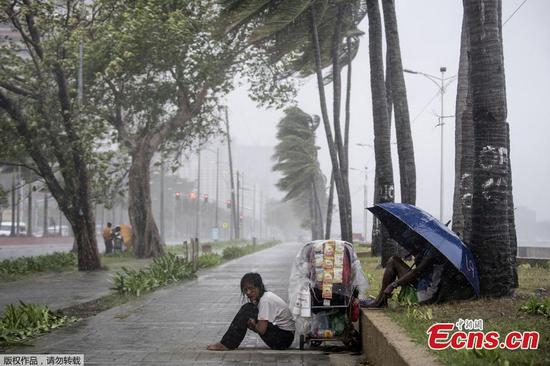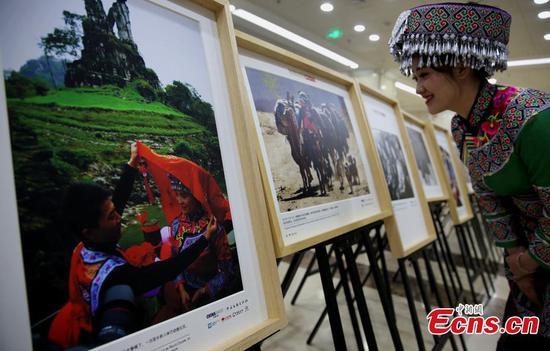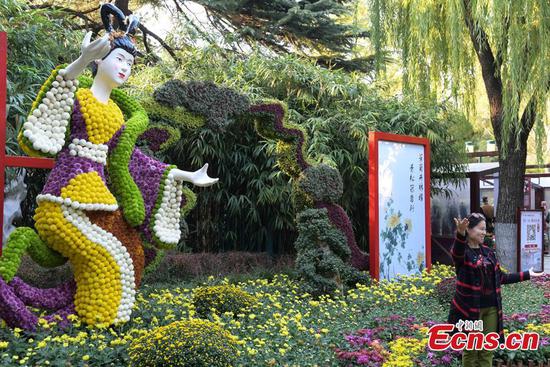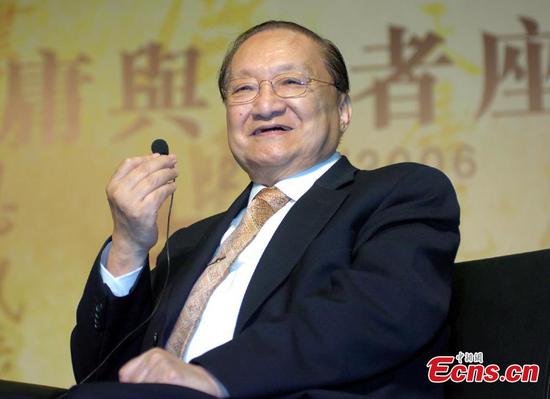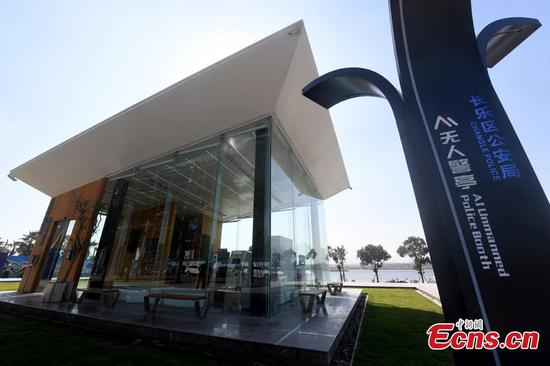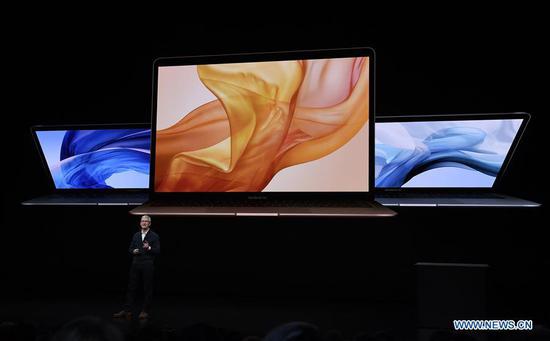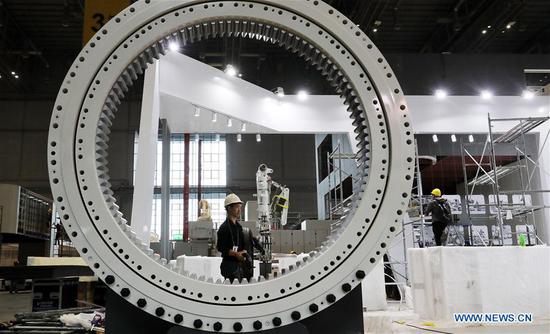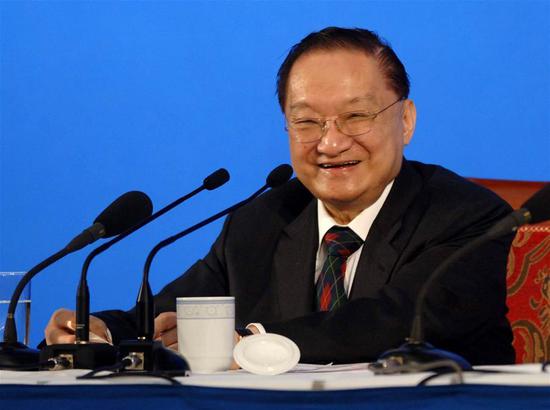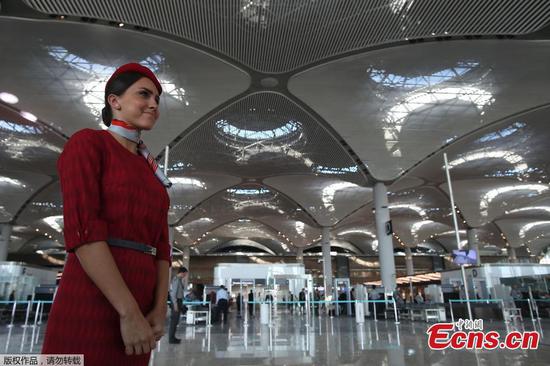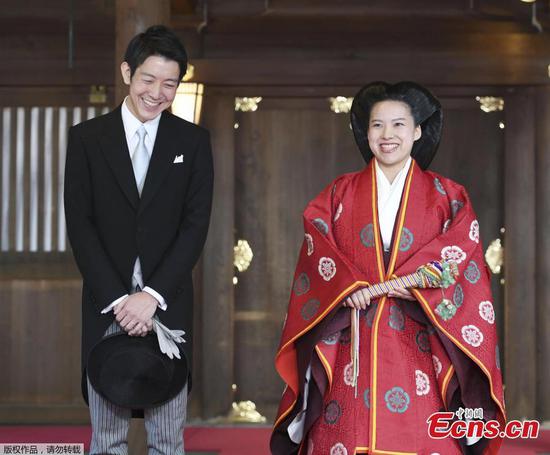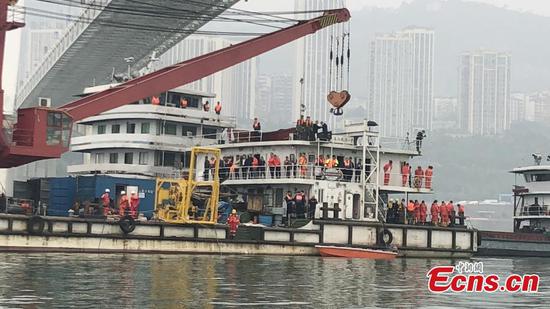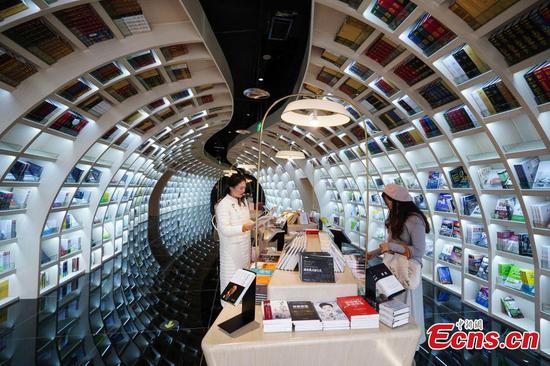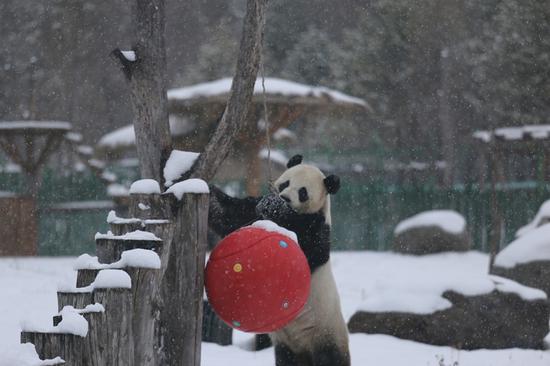China's official manufacturing purchasing managers' index came in at just above 50 in October, the lowest level in more than two years, according to the National Bureau of Statistics on Wednesday.
Analysts attributed the low PMI to slower economic expansion and the escalating U.S.-China trade disputes and said if the situation continued to worsen, the authorities may ramp up stimulus measures to keep the economy on track.
The PMI reading, which measures factory conditions and business expectations in the world's second-largest economy, fell to 50.2 in October, the lowest since July 2016 and down from 50.8 in September. It is also significantly weaker than the average for the January-September period, which is 51.2.
But it remained above the 50-point mark that separates expansion from contraction for a 27th consecutive month.
The PMI survey showed the production subindex fell to 52 in October from 53 in September, while that of new orders declined to 50.8 from 52.0. The subindex measuring production and operations prospects was 56.4, unchanged from the previous month.
The statistics bureau attributed the falling manufacturing index in October to the impact of a weeklong national holiday and the "complicated and changeable" external environment, but said the situation remains largely sound.
"The PMI reading shows that the manufacturing sectors are still expanding and…the fundamentals of the manufacturing sectors remain sound," Zhao Qinghe, a senior official at the NBS, said in a statement.
"All the numbers from China's PMI release on Wednesday confirm a broad-based decline in economic activity," Raymond Yeung, chief economist for China at ANZ, said in a client note.
If China-U.S. trade disputes deteriorated, China's exports may face heavier pressure at the start of 2019, analysts said.
"The 25 percent (U.S.) tariff rate (on Chinese imports) will be activated in January. Maybe the weakening of new export orders in the PMI is a warning sign of what's to come even though it hasn't been reflected yet in the hard data," said Julian Evans-Pritchard, senior China economist at Capital Economics.
China's GDP growth slipped to 6.5 percent year-on-year in the third quarter. But its overall GDP growth in the first three quarters remained at a high level of 6.7 percent and it is set to achieve its preset GDP growth goal of about 6.5 percent for this year.
Policymakers have already adjusted the pace of deleveraging and taken measures to increase liquidity and encourage investment.
The central bank also recently announced a fourth reserve requirement ratio cut for banks this year.
It has also cut taxes, increased infrastructure investment and pledged more support for private firms. More tax cuts may be in the pipeline, experts said.
"Beijing's policy focus so far has been on containing a credit freeze," Nomura analysts said in a research note. If growth slows to a worrying pace in spring 2019, "Beijing may have to greatly ramp up its easing measures at that time", they said.
The country's nonmanufacturing PMI stood at 53.9 in October, down from 54.9 in September, and the composite PMI for both manufacturing and nonmanufacturing sectors was 53.1 in October, down from 54.1 in the previous month.
Reuters contributed to this story.









